It used to be a common thought that only children’s brains grow and change. That thought has given way to neuroplasticity. And now, the ideas of neuroplasticity are common. We read about growing our brains and building brain fitness. It is more than just an idea though. There is real science behind the push to keep our brains young. And if we have routines to keep our skin, hair, and style youthful, maybe we should have one to keep our brains youthful too. So, what is neuroplasticity? How do you build your brain against aging? Here is what you need to know.
[show_shopthepost_widget id=”4368094″]

#1 | What the Heck is Neuroplasticity?
Neuroplasticity is the brain’s ability to create new neural pathways. Or, simply put, it is the brain’s ability to adapt. It can happen between undamaged neurons or between undamaged neurons and damaged neurons through the building or reconnecting of synapses.
As Dr. Celeste Campbell says in PositivePsychology.com, “It refers to the physiological changes in the brain that happen as the result of our interactions with our environment. From the time the brain begins to develop in utero until the day we die, the connections among the cells in our brains reorganize in response to our changing needs. This dynamic process allows us to learn from and adapt to different experiences.”
So when we learn new things, even small things that we don’t notice, our neurons are constantly reorganizing themselves.

#2 | Taking it Further
Sometimes people describe neuroplasticity as your brain “defragmenting.” (Do you remember when that was a thing?) It would be more accurate to think of it as a network. It’s not about eliminating the spaces in your brain, but connecting one neuron to another through new synapses. Envision morning glories reaching for something to climb on. They don’t just grow up. But they grow up and out, seeking the places where they will thrive.

#3 | Why is it Important?
Your brain is a beautiful miracle. And while I’m all about the aesthetics of it, there’s more to it than that. When we are born, we have all of the neurons we will ever have – about 100 billion, according to this University of Maine article. That’s the same as the number of stars in the Milky Way. What we build as we interact with our world are the synapses, those connections between the neurons. Our senses, physicality, and language use are areas where our synapses develop quickly.
As we mature, our synapses continue to develop. We learn how to tie our shoes, drive a car, and perform new tasks at our job. This continual process of learning new things helps our brains develop a robust network of synapses.
It is this process of building new synapses that keeps the brain “young.” Learning anything new challenges our brain. Even if the new skill is only slightly new, your brain wants to find the fastest path possible. So if that means building a new synapse, it will. The more you use those new synapses, the faster they become.
Having fast, complex pathways is a sign of a fit brain. Working to keep your brain healthy is a way to stave off the first signs of aging.

#4 | Build Your Brain Creatively
Focus on the process. While our everyday lives build or decrease our neuroplasticity to some extent, being intentional about developing a certain skill will help manifest the gains. Here’s why: the desire to want to learn something new actually helps our brains develop the synapse, according to Psychologist Megan Call’s article. Because learning requires the difficult, uncomfortable stages, wanting to do it will help see you through the start and make it more likely you’ll stick with the learning to gain the benefits.
Exercise
Exercise increases the size of your grey matter – your neurons. It also increases the white matter – your connections between the neurons. Exercise also increases blood flow, which helps your brain start the neuroplasticity process. Try yoga. Yoga separates itself from regular exercise because it combines movement with focused concentration. This twofer gives you more brain benefits. Because yoga asks you to gently push your body, you also gently push your mental boundaries. Read about Erin’s favorite exercise apps here and great workout gear here.
Take up music or art
Working with art and music targets specific parts of the brain, which helps build connections in those areas. But, working with art and music also means taking risks. The practice of taking safe risks means you’ll probably try other new things, which builds neuroplasticity.
Learn a new language
Learning a new language is hard. Really hard. It pushes your brain into overdrive to make the connections it needs in order to understand and use the new words. All of those new connections are signs of your brain’s neuroplasticity. Your brain can use those same synapse-building skills in other areas.
Use your other hand
Again, this forces your brain to pay attention. Even just brushing your teeth with your non-dominant hand is oddly way more difficult than you’d expect. It’s trying to do something in mirror reflection . Try this with something relatively simple, like washing dishes. Maybe not using knives or shaving your legs …

#5 | Travel
It’s being in a new place, with new roads, foods, and practices that force us to use our brains more. We can’t just order the coffee. We need to evaluate what we want, how to get it, how to pay for it. Then, we get to look at new people and places while we drink it. Travel gives us a change that delights our brains. It is a gentle way of encouraging new connections.
Take a new path to someplace familiar
You can gain a little bit of the travel element when you go to someplace you know, but you take a different route. By going off of auto-pilot, you awaken your brain. You need to make sure you are paying attention. If you think about when you needed to use a map and not the navigation on your phone, you can probably recall the feeling.
Meet new people
Meeting new people is fun because when we work to get to know them, they challenge our expectations. Meeting new people is the interpersonal version of traveling. You need to use more of your brain to understand how to navigate their personality and their perspective.

#6 | Additional Brain Builders
Read fiction
This one makes me really happy! Now I have the perfect support for my habit. But it also surprised me a little. Here’s what happens. According to Christopher Bergland in Psychology Today, when we read fiction, we use our imaginations, which means it “enhances connectivity in the brain and improves brain function.” Yay!
Get sleep
Our brains solidify the new synapse connections during sleep. Sleep also means we’re rested enough the next day to engage in the activities that help build our brains in the first place.
“Brain” puzzles
This tip is a little tricky. Puzzles do work to stimulate your brain, but only to a point. If you’ve done crossword puzzles your entire life, you probably aren’t building your neuroplasticity anymore. It’s the novelty of the puzzle that stretches your neural connections.
Meditation
Many studies have shown that when people practice mediation, activity in their frontal lobes increases. The frontal lobe is the part of your brain that “thinks.” It is where you make your decisions, and where you build relationships. Focusing on that part of your brain increases your neuroplasticity.
Stress less
When we function in long periods of stress, that is what we do – function. It is the opposite of what happens when we practice meditation. Stress inhibits neural connections. In order to build our neural connections, we need to control our thoughts and find our calm.
Learn new words
By increasing your vocabulary in your native language, you again are activating more neurons in your brain. Learning new words isn’t as strenuous as learning a new language, but the benefit is still there.
Play video games
Time to take a turn on your kids’ Xbox Series X. According to MentalHelp.net, when people play video games, their neural connections strengthen. It can help with focus, decision making, and even discernment. I won’t hold it against you if you don’t share this one with your kids, though.
Neuroplasticity is important to consider in your wellness practices. By increasing and strengthening the connections between neurons in your brain, you are improving your brain health. What are the ways you plan to keep your brain young and fit? After all, it’s the most beautiful part of you.
To get blog posts delivered directly to your inbox, along with some awesome freebies, be sure to sign up for the newsletter here.



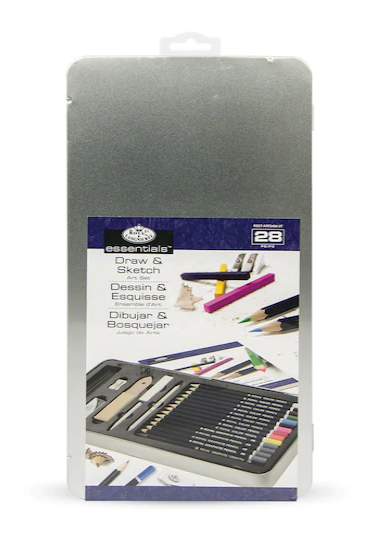




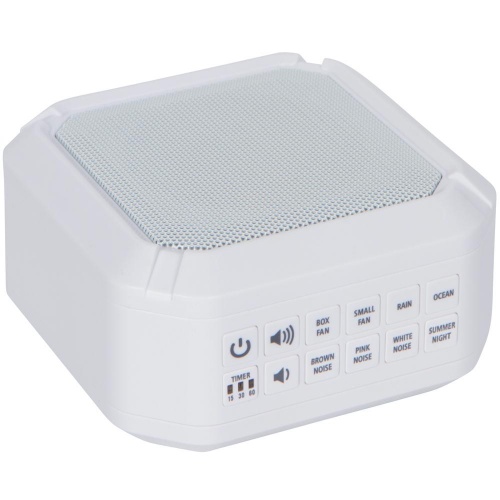

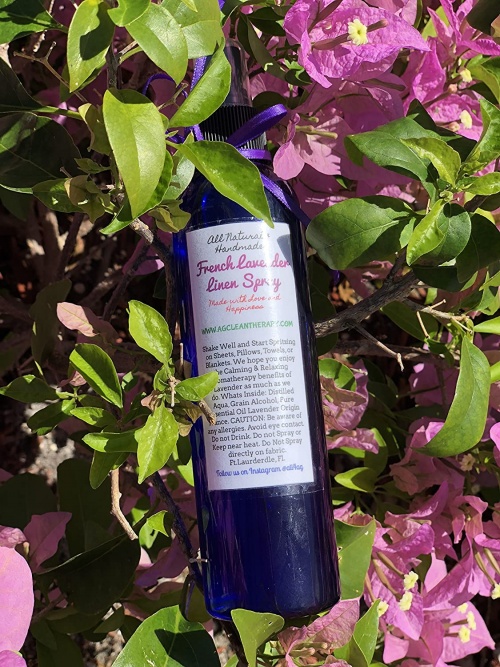
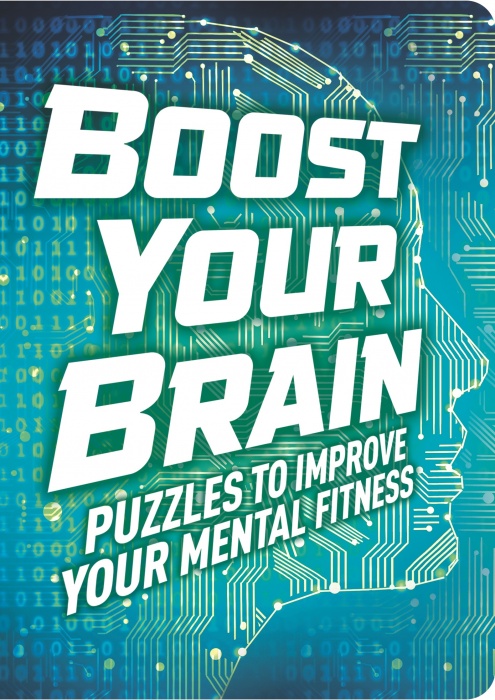




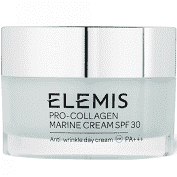

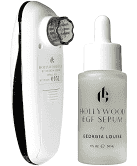
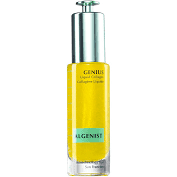

Love this blog, thank you! So interesting when you break it down
Thank you! It is fascinating to learn how our brains work. I’m glad you enjoyed the post, Allison!